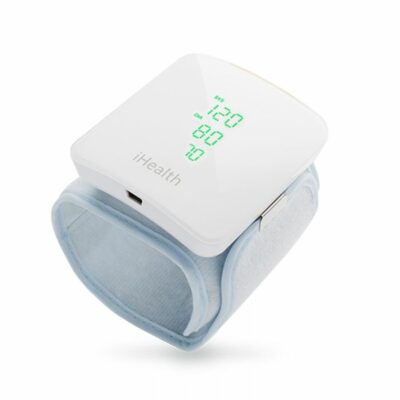Sphygmomanometers: Precise Blood Pressure Measurement for Comprehensive Healthcare
Sphygmomanometers are essential medical instruments used to measure blood pressure, a critical indicator of cardiovascular health. Also known as blood pressure monitors or BP cuffs, sphygmomanometers play a fundamental role in diagnosing hypertension, monitoring patient health, and making informed medical decisions. These devices utilize a cuff wrapped around the patient’s arm, with a pressure gauge and a stethoscope or digital display, to measure the force of blood against arterial walls.
Types of Sphygmomanometers:
Mercury Sphygmomanometers: These traditional instruments use a mercury column in the pressure gauge to measure blood pressure. However, due to concerns about mercury exposure, these are being replaced by alternative options.
Aneroid Sphygmomanometers: Aneroid sphygmomanometers use a mechanical pressure-sensing mechanism to measure blood pressure. They are lightweight, portable, and widely used in clinical settings.
Digital Sphygmomanometers: These modern devices feature digital displays to provide easy-to-read blood pressure readings. They are often battery-powered and may include additional features such as memory storage.
Applications of Sphygmomanometers:
Hypertension Diagnosis: Sphygmomanometers are essential for diagnosing hypertension and monitoring blood pressure trends.
Routine Health Check-ups: These devices are used in routine medical examinations to assess cardiovascular health.
Emergency Care: Sphygmomanometers are vital to assess a patient’s blood pressure status quickly.
Benefits of Sphygmomanometers:
Early Detection: Accurate blood pressure measurement aids in early detection and intervention for hypertension and related conditions.
Treatment Monitoring: Sphygmomanometers help healthcare professionals monitor the effectiveness of prescribed medications and lifestyle changes.
Patient Engagement: Regular blood pressure monitoring empowers patients to participate actively in managing their health.
Conclusion: Sphygmomanometers are essential for assessing cardiovascular health through accurate blood pressure measurement. Utilizing cuffs, pressure gauges, and optional stethoscopes or digital displays enables healthcare professionals to diagnose and manage hypertension, promote overall well-being, and enhance patient care. Recognizing the significance and features of sphygmomanometers is essential for medical practitioners seeking to provide accurate diagnostics and comprehensive healthcare services.











